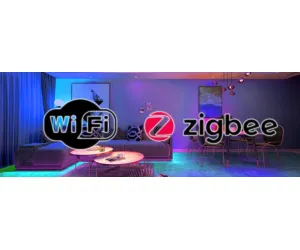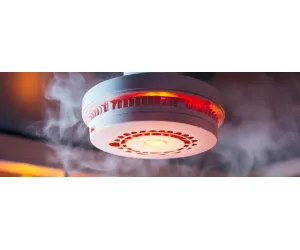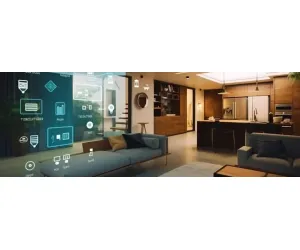
Introduction
Building security systems protect people and assets in homes and workplaces. They bring multiple layers of safety and control.
What Building Security Systems Include
-
Access control: Lets only authorised people enter certain areas.
-
Surveillance cameras: Monitor activity and help respond to issues.
-
Intrusion detection: Detects unauthorised entry, motion or forced access.
-
Alarm systems: Trigger alerts when something goes wrong.
-
Security integration: Combines separate systems (access, video, alarms) into one.
-
Central monitoring: A central hub watches over all safety systems and reacts when needed.
Why They Matter
-
Help prevent theft, vandalism and unauthorised access.
-
Protect employees, residents and visitors from risks.
-
Ensure the building meets safety rules and standards.
-
Improve peace of mind for owners and users.
-
Make operations more efficient by integrating tech and automation.
Different Types of Systems
-
Standalone systems: Simple setup, local control, fewer features.
-
Networked systems: Cover larger buildings, link many devices and locations.
-
Cloud-based systems: Accessible remotely, scalable, fewer on-site parts.
-
Smart systems: Use analytics, identity recognition and automation for better control.
Key Features to Look For
-
Real-time alerts on phone or dashboard.
-
Easy integration with other building systems (HVAC, lighting, elevators).
-
Reliable sensors and detectors for doors, windows and perimeters.
-
Secure data handling and strong encryption.
-
User-friendly dashboards and mobile app control.
-
Good service and maintenance support.
Final Thoughts
Building security isn’t just about locks and cameras— it’s a full system combining access control, monitoring, alarms and integration. When done right, it keeps people and assets safe while making building operations smoother.







